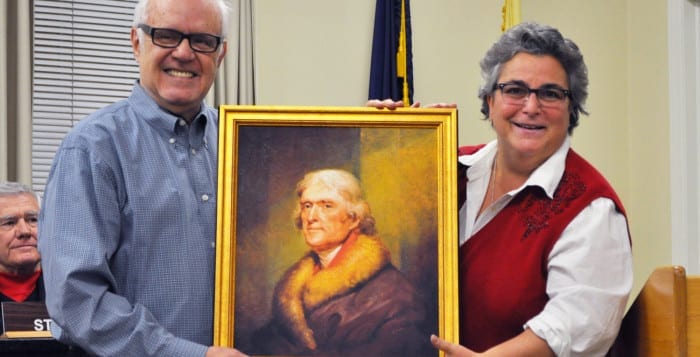A familiar face is stepping onto the college lacrosse scene.
Tom Rotanz, a former head boys’ lacrosse coach for Shoreham-Wading River for 18 years, will helm St. Joseph’s College’s new men’s lacrosse program, which will begin its first season in spring 2017.
“It’s something I always wanted to do,” Rotanz said of joining the college ranks. “I think any competitive athlete and coach wants to show someone what good can come from having the right people around you and the good players that are willing to commit themselves, and I hope to have another successful tenure at St. Joseph’s.”

Rotanz has a long history with lacrosse.
His elder brother was on the team that won Ward Melville’s first Long Island championship in 1974, and the younger Rotanz was part of the squad that won the second and third in 1976 and 1977. The lacrosse captain earned All-American honors as a senior in 1977, after his team also made it to the New York State championship game, the first one for lacrosse. The boys lost that game, 12-11.
From there, he was the captain of the Suffolk County Community College lacrosse team that won a national championship and earned All-American honors twice. He then repeated that feat at Adelphi University, where he was also named an All-American twice.
“Tom was a great player,” said his former high school coach, and a legend on the lacrosse scene, Joe Cuozzo. “He was a great competitor, had a great sense of humor about him, and I really enjoyed working with him.”
As a coach himself, with the Shoreham-Wading River Wildcats’ program only a year old, Rotanz took over a roster of 14 players, including six freshmen. The team went 1-15 his first season, scoring 38 goals on the year. But seven years later, the team was ranked fourth in the country, after winning a New York State championship and scoring close to 400 goals.
“It snowballed into something that was really neat to be a part of,” he said. “In the last 13 years I was there, we won 10 county championships, five Long Island and three New York State. People always wondered why or how we kept winning every year and being ranked one or two in the county. I say if you have bright kids that buy into the system, I think anything is possible.”

Rotanz earned his first of six Suffolk County Coach of the Year honors in 1999, two years before he led the program to its first county championship in 2001. In 2002, the program repeated as Suffolk champs en route to Long Island and New York State titles. The team also swept Suffolk, Long Island and New York State championship titles in 2007 and 2012.
In 2012, the coach added to his list of accolades, serving as an assistant for the 2012 USA Men’s U-19 lacrosse team that won a world championship.
Now, he hopes to be able to bring that same success to St. Joseph’s, and Shantey Hill, assistant vice president and senior director of athletics and recreation for the college, thinks Rotanz is the perfect fit.
“We were very lucky in that Coach Rotanz applied,” she said, referring to the school’s intensive, national search across all NCAA institutions. “He has a plethora of experience, and … he knows the landscape of Long Island, and he’s very well-connected with his peers to be able to do good recruiting for what we’re looking for.”
For Rotanz, being on the scene as long as he has and being a part of Long Island lacrosse, serving as an assistant coach at Smithtown West for the last two years, will be beneficial throughout the recruiting process for the Golden Eagles.
“I’m very close friends with a lot of the Suffolk and Nassau coaches, so they’re already contacting me with players that they think will be a great fit, kids that they think would really like to play for me; so that’s the neat thing.”
He added, laughing, “I think there will be a lot more kids that think about not leaving the Island now, hopefully.”

According to Hill, the school decided the time was right for a lacrosse program after seeing that a number of Division III student-athletes in the college’s Skyline Conference that commit to play lacrosse come from Long Island and that there was interest with incoming and current students. The college also built a new outdoor athletic facility.
Hill said St. Joseph’s found the right coach in Rotanz.
“We think we hit a home run with coach Rotanz,” she said. “He’s not only a wonderful coach, but also a great man, and he will do great things. We’re looking forward to him not only being the face of the lacrosse program, but also being a mentor to our male student-athletes. His tenure speaks for itself. He’s very well-connected, and he has good relationships with lots of people, and that’s something you can’t put a price tag on.”
Cuozzo, who was inducted into the National Lacrosse Hall of Fame, said he used to go to Shoreham-Wading River practices and games to watch his former athlete, and has been thrilled with his approach to the game.
“The way he treats kids, he’s a real student of the game, and I can’t say enough on how proud I am of his accomplishments,” he said. “He brings a winning attitude.”
Rotanz, who said he tries to emulate the ways and successes of his former coach, is competitive, according to Cuozzo.
“He hates to lose — I think he got that from me,” he said, laughing. “I wasn’t a very good loser.”
Luckily, neither one of them has had to do much of that.

Cuozzo compiled a 699-73 record while at the helm of the Patriots’ program. In 2007, he became the head coach at Mount Sinai, where he brought his win total to 747 in his four years before retirement. During his tenure with the Wildcats, Rotanz amassed a 256-99 record.
Cuozzo also thinks Rotanz will be able to draw athletes to the school.
“A lot of kids like to leave Long Island when they are finished with high school — they don’t want to stay local — but knowing Tom, he’s very convincing,” Cuozzo said. “He’ll do his homework. He’ll go out and scout, he’ll go to high school games and he’ll talk, make phone calls. He’s very organized, he’s very knowledgeable about the game, and there’s no doubt in my mind that he’s going to be successful there.”







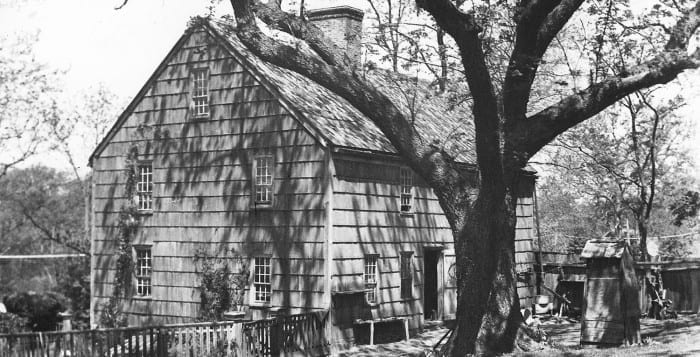
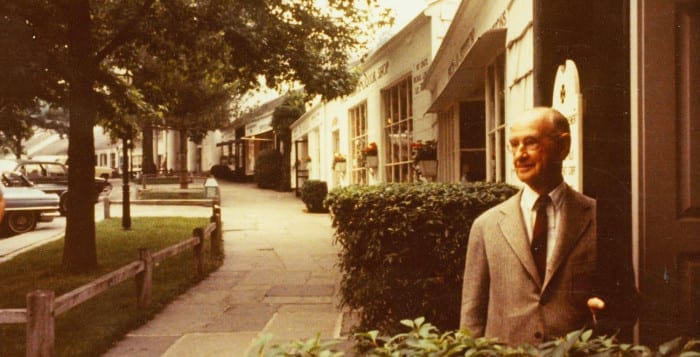

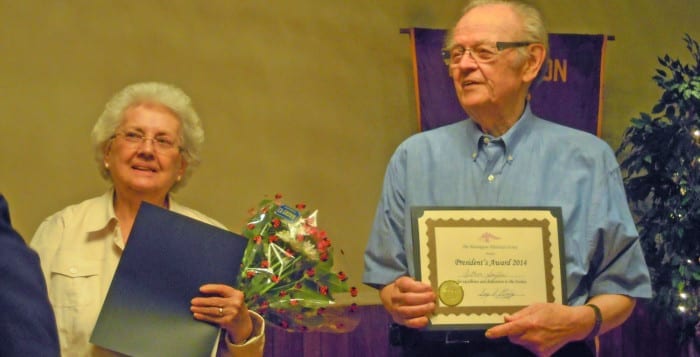


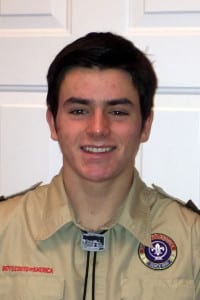

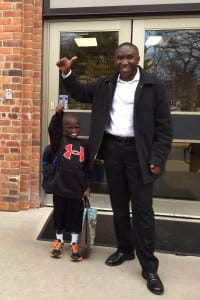


 The surgeries begin in early January, when Dr. Alex Dagum will put three tissue expanders into his face, under the skin on his cheeks and chin. Over a few months, Dagum will slowly fill those with saline, expanding them and stretching the skin. Once there is enough excess skin created, the expanders will come out and that skin will be cut away and used to reconstruct the lips and cheek.
The surgeries begin in early January, when Dr. Alex Dagum will put three tissue expanders into his face, under the skin on his cheeks and chin. Over a few months, Dagum will slowly fill those with saline, expanding them and stretching the skin. Once there is enough excess skin created, the expanders will come out and that skin will be cut away and used to reconstruct the lips and cheek.
